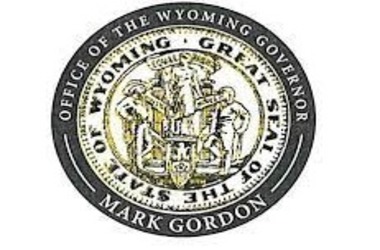
Blockchain Integration and Testing:
During a recent meeting, Louis Morgan, the Co-founder and CTO of Block Time Financial, revealed that his company had successfully created a Wyoming Stable Token for testing purposes on the Stellar Test Net and Future Net. This initiative, undertaken on November 2, demonstrated the token’s functionality by processing over 150,000 payments and facilitating numerous trades. The application of the token in markets involving USDC Coin and XLM native tokens showcased its versatility and potential.
Multi-Chain Approach Advocacy:
Morgan emphasized the importance of a multi-chain approach for Wyoming’s Stable Token, citing the benefits of a fast, low-cost blockchain to address various use cases in the business plan. He drew on Block Time Financial’s expertise in utilizing the Stellar Blockchain, widely adopted by entities like MoneyGram and Franklin Templeton. The blockchain, operational since 2014, boasts significantly lower transaction costs and swift block confirmation times.
Commission’s Ambitious Timelines and Adjustments:
Wyoming Stable Token Director Anthony Apollo outlined ambitious timelines for the request for information (RFI) and request for proposals (RFP) processes. Acknowledging the enthusiastic response from potential collaborators, Apollo expressed a preference for nimble companies capable of quick responses. Despite concerns raised by some commissioners about the feasibility of the proposed timelines, adjustments were made, extending the RFI deadline to December 18.
Budgetary and Regulatory Considerations:
Commissioner Joel Revill expressed reservations about the readiness of regulatory aspects and reserves management, suggesting a cautious approach to attracting partners. Commissioner David Pope emphasized the necessity for a robust case with financial models, highlighting the need for clarity on income projections and resource allocation. Governor Mark Gordon and other commissioners acknowledged the dynamic nature of both technological advancements and regulatory frameworks, emphasizing the importance of thorough evaluation.
Challenges and Skepticism:
Scott Meyer, President and CEO of the Wyoming Banking Association, raised concerns about the stability of stable tokens, referencing instances of de-pegging in large fiat stable tokens. He questioned the viability of revenue projections and voiced skepticism about the token’s ability to reimburse the state for development expenses. Meyer also expressed reservations about potential risks, including the token’s vulnerability to being used for illicit purposes.
Community Banks and Liquidity Pool Considerations:
Governor Gordon and Commissioner Meier expressed concerns for community banks, emphasizing the need to protect them in the evolving financial landscape. Meyer echoed these sentiments, suggesting that the stable token initiative might pose risks to community banks. Commissioner Meier proposed that a significant portion of the Wyoming Stable Token’s liquidity pool should consist of actual cash, envisioning a shared cash liquidity pool among community banks.
Conclusion:
Wyoming’s stable token journey reflects a delicate balance between innovation, regulatory considerations, and community interests. As the state navigates through testing phases, regulatory adjustments, and financial projections, it aims to position itself at the forefront of the evolving landscape of digital assets. The additional time granted for the RFI process demonstrates a commitment to thorough evaluation and strategic decision-making in this transformative initiative.
